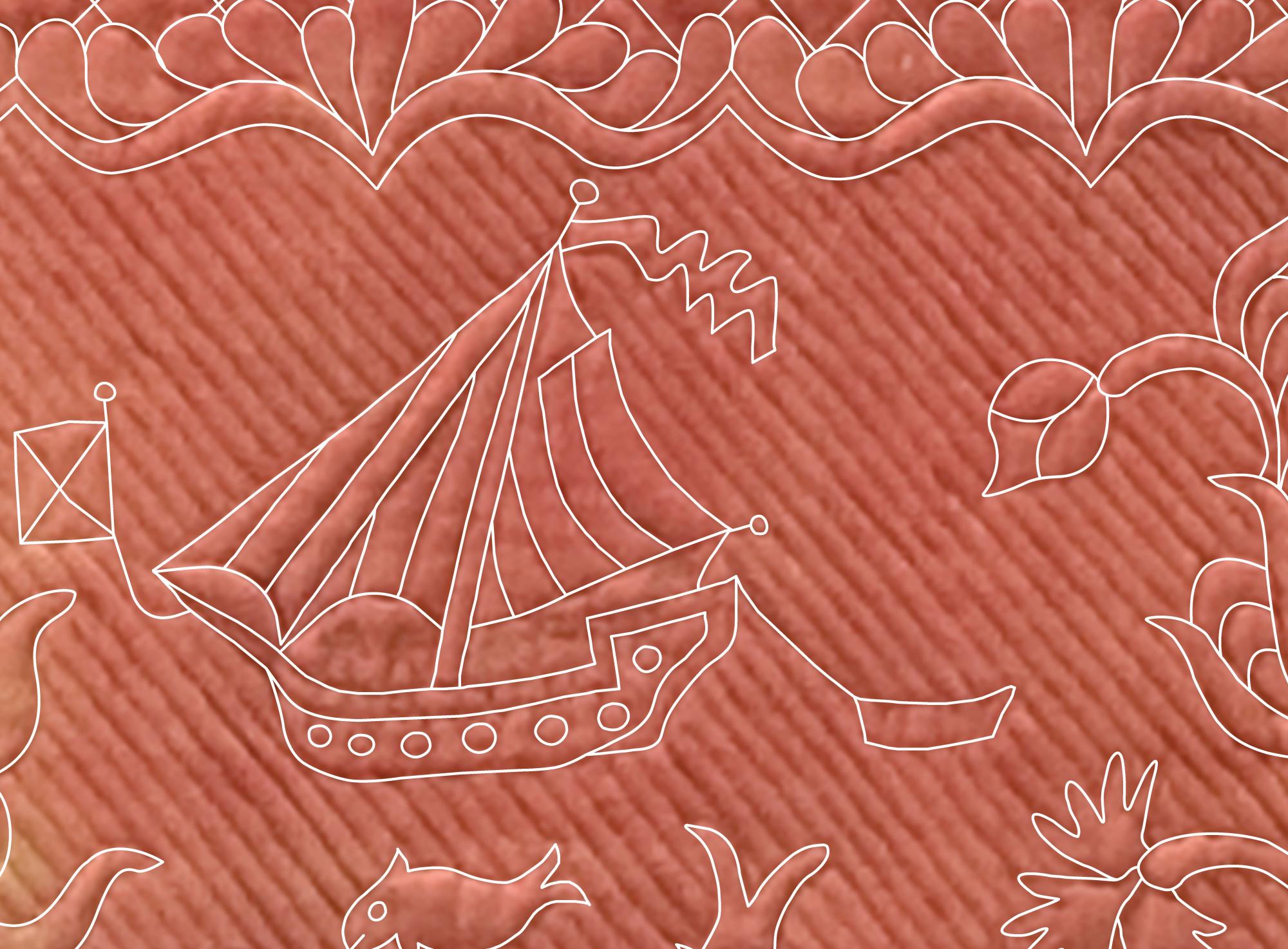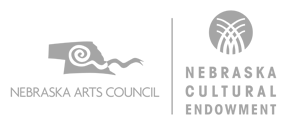
The Whole Story
Oct 4, 2013-June 1, 2014

Quilts tell stories. Materials, techniques, and designs illuminate trade routes, technology, regional traits, and connections between quiltmakers. A quilt speaks for a silent and anonymous maker from the past.
The quilting stitches themselves are an important part of a quilt’s story, yet that story may be hidden because stitching patterns are not easily “read.” For whole cloth quilts, the stitches whisper the story, as the subtle, tone-on-tone stitching veils the intricate patterns.
Using an innovative method for capturing patterns with a computer-assisted design program (CAD), guest curator Linda Baumgarten of Colonial Williamsburg carefully traced detailed photographs, taken by Jennifer Graham of the IQM staff, using a computer and stylus. The resulting digital line drawings reveal the intricate hidden quilting patterns.
The digital drawings inspired fascinating observations of quilts in the IQM collection. New England and Philadelphia quiltmakers used two-handled vases in very different ways. Early American wool whole cloth quilts feature feather plumes echoed on quilts created more than 100 years later. Amish and Welsh quilts were pieced in similar ways, but quilted very differently. These quilting designs, only now being explored, add an exciting new dimension to the voice of quilts and quiltmakers
